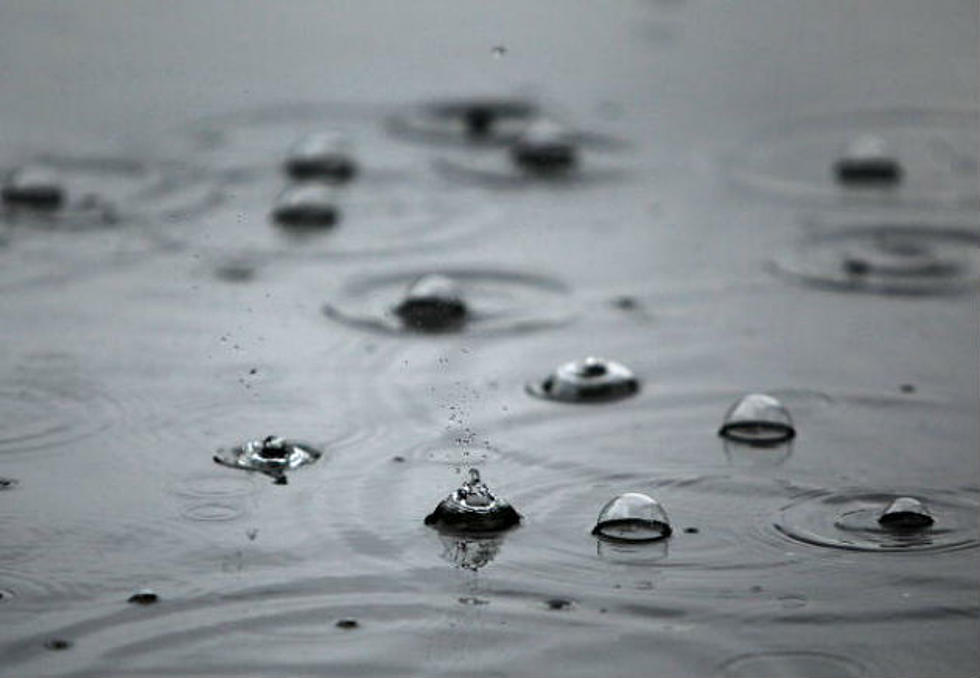
Built Ford Tough; Historic Tri-Motor Plane Cruises Casper This Weekend
If vacation plans got you down, consider this:
To travel across the country by car could take up to a month in the mid-1920s
To make that trip by train could take about a week.
But starting in 1927, you could do that even faster with the advent of the revolutionary Ford Tri-Motor, even if it cruised at only 90 mph.
"It was the first metal airliner," Brian Hartwick of the Oshkosh, Wisc.-based Experimental Aircraft Association said Thursday.
"It was developed and started the first cross-country flights," Hartwick said. "You used to fly the plane during the day, ride the train at night, and get back on another airplane in the morning. You could cross the United States in a couple of days."
The EAA brought its Ford Tri-Motor, one of a handful still flying, to the Natrona County International Airport this weekend for viewing and short cruises around Casper, he said.
Despite its 86-year-old vintage, you won't be enduring a tailbone-crunching, head-banging, lunch-hurling carnival ride.
These simple planes, and the 4-AT-E - NC8407 in town this weekend, were built Ford Tough.
"There's never been a structural failure of a Ford Tri-Motor," Hartwick said.
That's a good track record considering aviation was still young.
After World War I, Henry Ford already had revolutionized auto manufacturing with his T-series cars that democratized road travel.
By the mid-1920s, Ford wanted to do the same thing for airline travel. His company designed, in fact over-designed and over-built, the plane nicknamed the Tin Goose.
Aeronautical engineering had yet to be born, so civil engineers designed the plane, Hartwick said. "So if you look inside the wings and fuselage, a lot of it looks like bridge construction rather than modern aircraft construction."
Ford was concerned about engine reliability, so he designed the plane with three Wright engines, hence the name Tri-Motor. The NC8407 now has two Pratt & Whitney and one Aero Engine Inc. radial power plants to pump out a combined 1,350 horsepower.
The airplane's aluminum skin marked another over-design, Hartwick said. "They thought the aluminum would be too fragile or weak... So they thought they would corrugate it to make it stronger. In turns out in years since, they would use the same thickness of (flat) aluminum, starting with the DC-3, and it proved to be plenty strong."
Ford made 199 Tri-Motors from 127 to 1933. The EAA's model was No. 69 off the assembly line, and after a long career including a total restoration, it's proud to show it off and give rides, he said.
"This is our first time out West with one, so we're glad to be here in Casper," Hartwick said. "We got a warm reception, it's been great."
====================================================
IF YOU GO:
The Tri-Motor crew will be at the Good Warbirds hangar, north of the airport terminal, from 9 a.m. to 5 p.m. Friday through Sunday.
Tickets are $75 for adults, and $50 for children 17 and under. Children under 2 on their parents laps ride for free.
=====================================================
BY THE WAY:
If this plane looks familiar, it appeared in the 1965 Jerry Lewis movie, "The Family Jewels."
Another Ford Tri-Motor ferried Indiana Jones (Harrison Ford), Willie Scott (Kate Capshaw) and Short Round (Jonathan Ke Quan) from Shanghai to the fateful crash that launched their adventures in "Indiana Jones and the Temple of Doom."
Tri-Motors also have appeared in the 1987 "The Untouchables" and the 2002 "Public Enemies."
More From Rock 96.7








